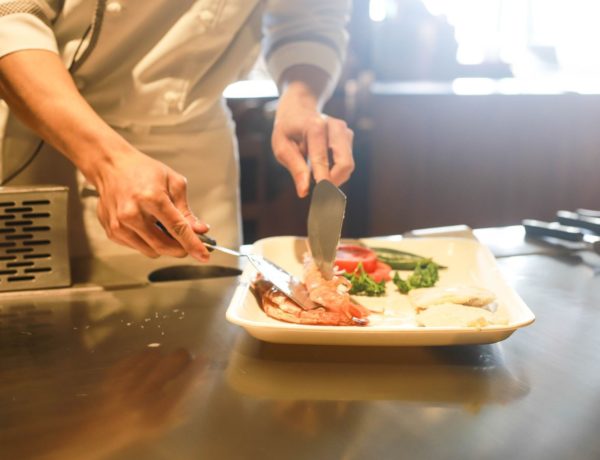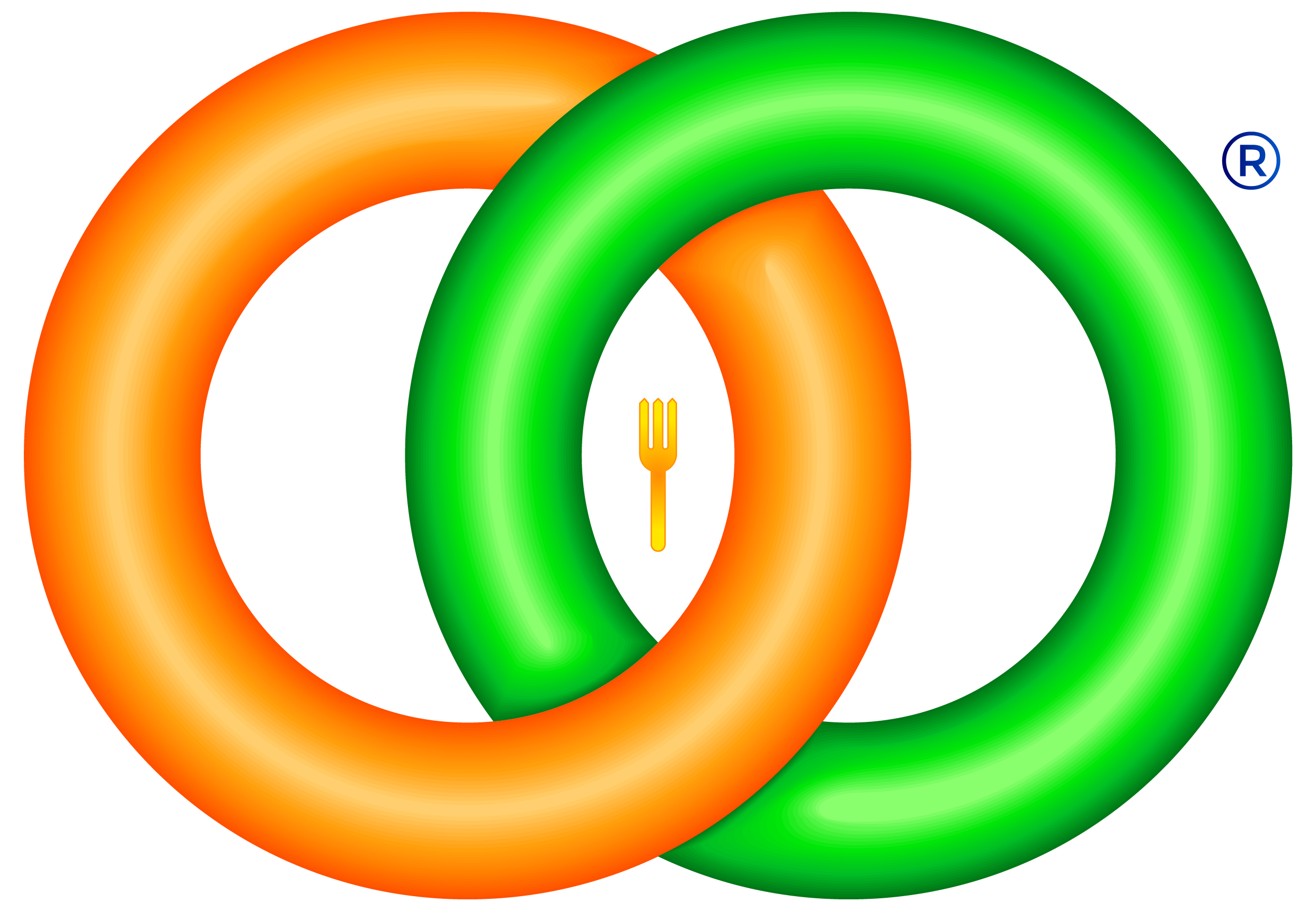
**Finedining Indian** equipment needed for Modern Indian equipment
Changing face of Indian cooking
Culinary world is changing in a fast phase as per the guest palate and travelling community demands.Many Indian chefs abroad are leading the steps in Modernizing Indian cuisine .There are large number of fine dining Indian restaurants all over the World especially tourist metropolitan cities. Michelin magazine also started recognizing Indian cuisine in a big way . in London itself there are numerous Indian fine dining restaurants that boast Michelin stars for more than 5 years now.chefs are more educated and informed so they try to incorporate modern cooking techniques , other international cuisine presentation standards in Indian cuisine.
some chefs go too far with the use of Molecular gastronomy in Indian and just copying what other cuisines are doing , This will lead to the death of Authenticity and individuality in Indian cuisne. when these cuisines evolves there may be one day Indian cuisine will known as a Fusion cuisine. So somewhere we need to take a step in avoiding this catastrophic death of ethnicity in Indian cuisine.
Our (Finediningindian.com’s) Request to Indian chefs in Modern culinary world is to Research on our best recipe and simplify its cooking process by adopting modern cooking techniques , Keep it easy to adapt ,healthy not a confusing combination of flavors and a great color combination with amazing textures.
Tradition and History
Indian cuisine has a great history of culinary evolution tracing back 5000 years . Indian cuisine is blessed with the abundant source of natural cooking ingredient . Indian cooking also gained benefits of indian medicinal science of Ayurveda – were the treatment measures are done purely based on medicinal plants,spices and herbs.
When we try to dissect the basics of Indian cuisine – there we can find Turmeric, Ginger,Garlic very commonly and abundantly used in cooking almost all Indian sauces and gravies. These three Ingredients has great medicinal values that help in digestion and enhance metabolic activity.
Indian cuisine is famous all over the world through its curries. The popularity should be credited to immigrant Indian community around the globe. The restaurants, curry houses and take always made Indian cuisine a popular adventurous choice for people who like try a spicy treat for a weekend night out.This lead to a myth that Indian cuisine is mainly curry.
when trying to be modern keep always in mind our great cooking tradition and originality of each recipes .keep this essence as the basic when trying to incorporate different modern cooking techniques.most of dishes are rich and heavy so focus should be there to simplify those recipes to more healthier version.
Modern cooking Techniques to Incorporate for better results not to dilute Originality
SOUS VIDE-WATER BATH
A method of cooking food sealed in airtight plastic bags in a water bath for a long time—72 hours is not unusual—at an accurately determined temperature much lower than normally used for cooking, typically around 60 °C or 140 °F. The intention is to cook the item evenly, not overcook the outside while still keeping the inside at the same ‘doneness’ and to keep the food juicier.
Use in Indian Kitchen :
can used extensively in tandoori dishes were high heat is introduced, when cooked in sous vide you can always finish in tandoori to get smoky flavored texture ,still keeping the meat Medium rare. Can be very helpful in storage of sauces for banquet operations. Bulk cooking and delivering to satellite kitchen to dish out.
MOLECULAR OR PROGRESSIVE COOKING
Molecular gastronomy is a subdiscipline of food science that seeks to investigate, explain and make practical use of the physical and chemical transformations of ingredients that occur while cooking, as well as the social, artistic and technical components of culinary and gastronomic phenomena in general. Molecular gastronomy is a modern style of cooking, which is practiced by both scientists and food professionals in many professional kitchens and labs and takes advantage of many technical innovations from the scientific disciplines.
The term “molecular gastronomy” was coined in 1988 by late Oxford physicist Nicholas Kurti and Hervé This.Some chefs associated with the term choose to reject its use,preferring other terms such as “culinary physics” and “experimental cuisine”.
Use in Indian Kitchen :
There are many products commercially available , this will help in creating illusion effects in indian cuisine ,Like – Fruit falooda with out starch using agar , Rabdi – in form or air or espuma with help of Lecithin…
ROTARY EVAPORATOR
A rotary evaporator is a device used in chemical laboratories for the efficient and gentle removal of solvents from samples by evaporation. When referenced in the chemistry research literature, description of the use of this technique and equipment may include the phrase “rotary evaporator”, though use is often rather signaled by other language (e.g., “the sample was evaporated under reduced pressure”).
Rotary evaporators are also used in molecular cooking for the preparation of distillates and extracts.
Use in Indian Kitchen :
This is very costly equipment can be utlised in High profile fine dining Restaurants were you can afford high Cover charges. Distilled shorbas – like water clear Tomato shorba, Beet root shorba..
DEHYDRATOR
Food Dehydrator refers to a device that removes moisture from food to aid in its preservation. A food dehydrator uses a heat source and air flow to reduce the water content of foods. The water content of food is usually very high, typically 80% to 95% for various fruits and vegetables and 50% to 75% for various meats. Removing moisture from food restrains various bacteria from growing and spoiling food. Further, removing moisture from food dramatically reduces the weight of the food. Thus, food dehydrators are used to preserve and extend the shelf life of various foods.
Use in Indian Kitchen :
were you can use dried fruit garnishes,rose petals, flowers edible.. can be stored for long without loosing flavors
were the result is crispy crunchy products
Thermomix
Thermomix is a mincer, a grater, a dough maker, a juicer, a whisk, a blender, a mill and a pestle and mortar to name just a few of its many functions. It is also an ice cream/sorbet maker, a coffee grinder and spice grinder, an electronic weighing scale, a food processor and a food mixer. It whips, emulsifies, homogenises and crushes and has a built in timer. Of course, what makes it completely different from any other appliance is that it also sautées, steams and cooks!
Use in Indian Kitchen :
Grinding spices with out loosing the volatile aroma, a great result in spice mix. Masala mix start from raw finish to cook with out loosing color and flavors.. Not limit to above, but infinite according to your imagination
GASTRO-VAC
Gastrovac is a compact appliance for cooking, frying and impregnating in a vacuum
It functions as follows: by creating an artificial low pressure, oxygen-free atmosphere, Gastrovac considerably reduces cooking and frying temperatures, maintaining the texture, colour and nutrients of the food. Moreover, the Gastrovac creates the ‘sponge effect’: when the atmospheric pressure is restored, the food absorbs the liquid around it, allowing infinite combinations of foods and flavours.Fruit confit in just 2 hours at 55ºc.
The pot has a device which allows the inner basket to be lifted, without losing the vacuum, and to prevent impregnation.Maximum vacuum level reached is approximately -0.8 bar depending on working temperature.The temperature is 4>
controlled by a probe plugged into the pot at the bottom.Gastrovac has a time counter with acoustic signal from 1 to 99 minutes.
Use in Indian Kitchen :
This is again recommend for fine dining Restaurants due to equipment cost, Great for Pickling Dishes with out losing the volume and amzing infusion flavor- This will give a new dimension to pickled products.
